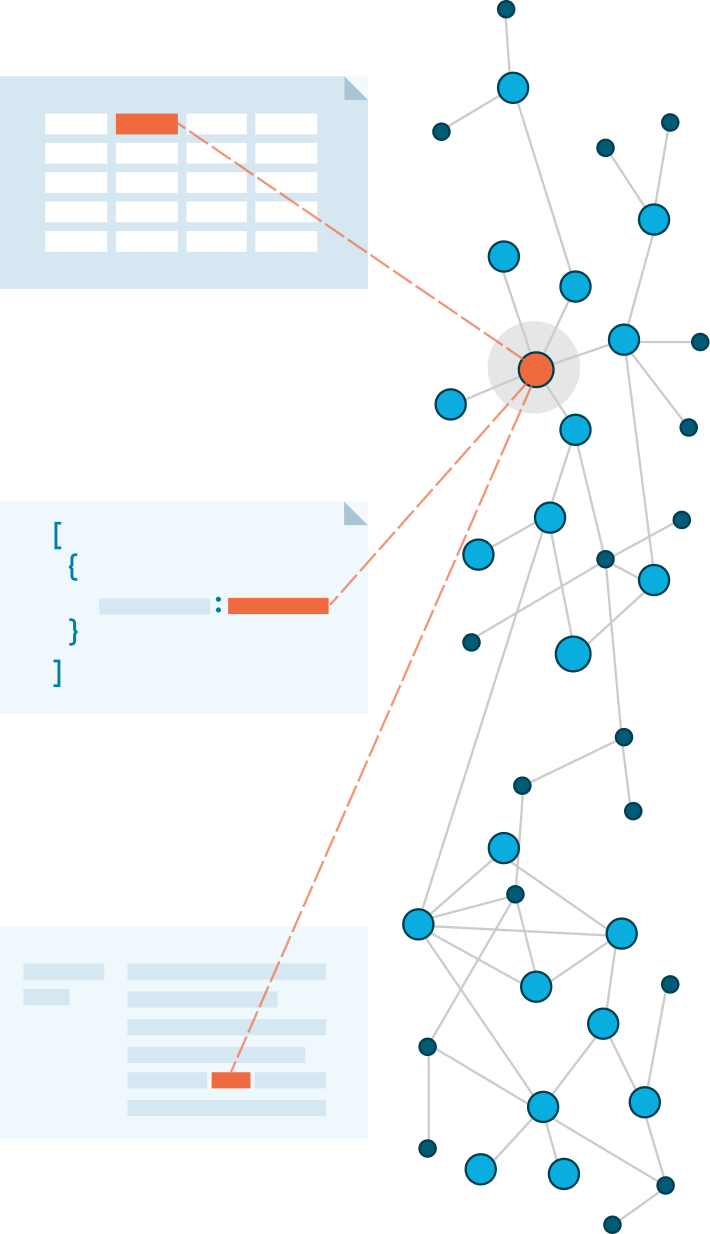What is a Graph Database?
Graph databases are database management systems that store information as logical nodes and edges, representing information as a connected graph rather than tables and columns. The graph database system then offers graph query languages, APIs, and other interfaces to query, visualize, and manage data visible in this graph representation.
If you’ve ever drawn a mind map or flow chart on a whiteboard, you were sketching out a graph data model. If you’ve seen knowledge boxes next to Google search results, found a product on Amazon, or ordered a ride via Uber, you’ve been interacting with a graph database!

Why use a graph database?
You couldn’t represent all of the data you work with in a single table, could you? Even someone adept in Excel will find trouble. They’ll use every trick in the book, from lookup tables to stored functions, to try and relate information that comes from a variety of sources and relates in multiple ways. Many of the applications that power the apps we love, and the systems that we all depend on, require robust interconnected relationships that get harder and harder to build in a traditional approach.
The graph database is here to provide those solutions. Stardog is an Enterprise Knowledge Graph Platform and the best choice on the market to relate all of these data points and enable rapid development of the next generation of applications and system integrations.



